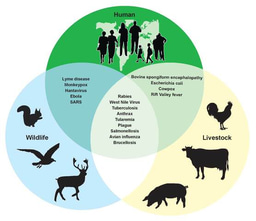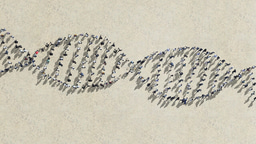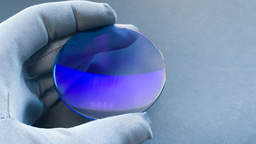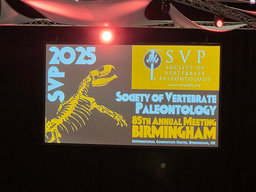If yesterday’s blog themes were mechanisms and energy, then today’s theme is elements. Different, diverse elements. (It does occur to me that, as pretty much all chemistry is concerned with one element or another, this isn’t really much of a theme!) I pretty much stuck to the Advances in Organic and Inorganic Chemistry part of the programme today, which was focused on Advances in Inorganic Synthesis.
Matthias Driess kicked things off by discussing transparent conducting oxides (TCO). These materials are incredibly widely used in display technologies and it’s this wide use that is the problem: the world is running out of indium, the major part of the most common TCO, indium tin oxide (ITO). So much so that, according to Driess, the price of indium is increasing by 120% – per year! Ouch. Increasing the amount of tin would help to reduce that need, but above a certain level this renders the material much less useful. Fortunately for everyone, Driess and his group have developed a way to make a tin-rich ITO using a molecular precursor whose structure mimics the final solid.
So that’s the main block ticked off the periodic table. Next up Rhett Kempe talked about compounds with metal-metal bonding, a field which has expanded quite a lot in the past 10 years. He’s been trying to make compounds with lanthanide metal atoms solely coordinated to transition metals – and you can read about it in the pages of a certain chemistry journal you may have heard of… Kempe hopes these will bridge the gap between bimetallic complexes and intermetallics.
What’s left on my tour of the periodic table? Ah yes – the actinides. Fortunately, I only had to wait until after lunch to tick these off! Geoff Cloke gave a great talk outlining his group’s work looking at transformations of ‘carbon oxides’ with uranium(III) sandwich compounds. Starting from carbon monoxide at low temperature they’ve been able to generate linear, ‘deltate’ (triangular), ‘squarate’ and zig-zag species between their sandwiches. Some of these – particularly the zig-zag – can then react with hydrogen and produce alkanes. Which is roughly what Fischer-Tropsch catalysts, only these reactions are carried out at -80 °C!
I’ll leave it there for my whirlwind tour of the elements, but leave you envious in the knowledge that the conference bag contained a periodic table fridge magnet! Which, I’m ashamed/proud to admit, is actually now the second one that I own…
Neil
Neil Withers (Associate Editor, Nature Chemistry)





Please sign in or register for FREE
If you are a registered user on Research Communities by Springer Nature, please sign in